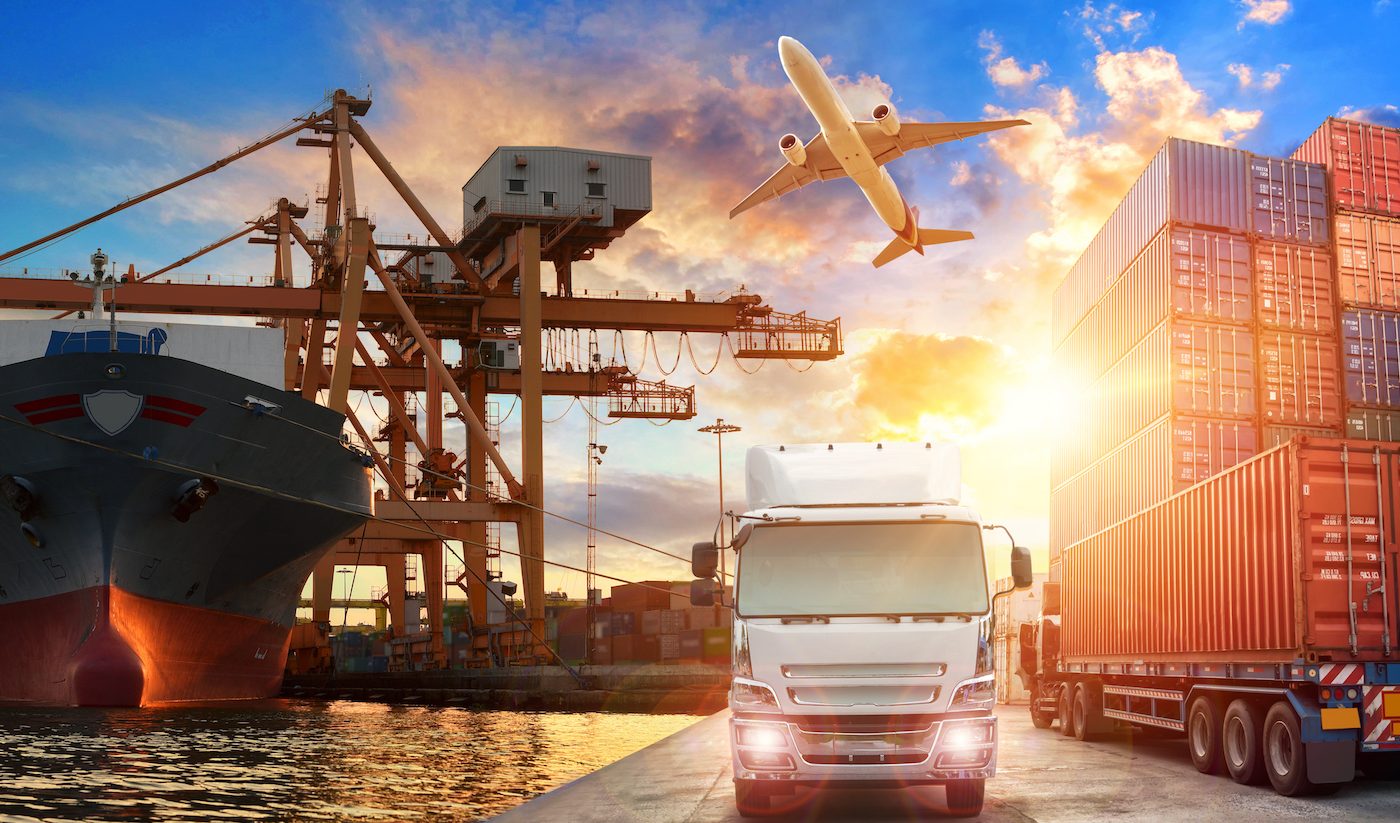
What are the environmental impacts of global supply chains?
The way food is harvested, how goods are manufactured, and where goods and food end up all have calculable environmental impacts, but tallying up the carbon footprint of a supply chain on a global scale is more than a challenge.
For example, toilet paper purchased in one region of the United States may have started its journey along the supply chain with logging in Canada.
Researchers have combined satellite data with artificial intelligence to analyze the environmental impacts of a global supply chain for the first time, according to a report from the European Space Agency (ESA).
Researchers at the Vienna University of Economics and Business developed a new way to evaluate global supply chain impacts as part of the ERC FINEPRINT project.
With FINEPRINT, images from the Copernicus Sentinel-2 and US Landsat satellites are used to map food production or mineral extraction sites and show the rippling environmental impacts.
Researchers can take the satellite data and track the distribution of crops like soybeans and sugarcane.
Machine learning is then used to map out changes in land use over time in these areas, and trade models like the Food and Agriculture Biomass Input-Output Model can track distribution from production to consumption.
“While remote sensing has been widely used to analyse a wide range of ecosystem changes such as deforestation, satellite data has rarely been connected to the underlying economic production, trade and consumption patterns that drive these changes,” said Victor Maus from the Vienna University of Economics and Business during a speech at ESA’s ɸ-week (Phi-Week).
Having a way to monitor and assess the environmental impact of food or goods from production to consumption can help inform policymakers and ideally create more sustainable supply chains.
“There is a huge, hitherto untapped potential to combine Earth observation and economic data to support efforts by business and policy in making supply chains more sustainable,” said Maus,
—
By Kay Vandette, Earth.com Staff Writer
Image Credit: Shutterstock/Travel mania













